
Erectile dysfunction (ED) is an old problem. It’s been around for a long time.
But treatment options are fairly new. The first effective oral ED medication—sildenafil (Viagra)—was discovered in 1989 and was only made available by 1998. Then came tadalafil (Cialis) and more recently vardenafil (Levitra, Staxyn) and avanafil (Stendra).
But our understanding of the causes of erectile dysfunction and how to treat it have grown tremendously since the discovery of sildenafil. These days, we’re able to manage ED with cutting-edge science and new technology.
Here are some of the newest therapy options for treating ED and the science behind how they work.
GAINSWave®
GAINSWave is the process associated with a revolutionary new therapy for ED called low intensity shockwave therapy.
How it works: Low-intensity shockwave therapies like GAINSWave treat ED by sending pulses of energy into the target tissue—in this case, tissue in the penis. The low-intensity shock waves induce angiogenesis, which is the creation of new blood vessels. This increases blood flow to the penis, making it easier to get an erection.
The therapy may also help regenerate penile nerve tissues by activating key regenerative signaling pathways (PERK/ATF4).
Is GAINSWave effective? The published literature provides good evidence to suggest that it really works.
In one meta-analysis that included data for 607 patients, researchers found a statistically significant improvement in erectile function in men who received the treatment with no reported adverse side effects.
Platelet-Rich Plasma (PRP)
Platelet-Rich Plasma, or PRP ( sometimes referred to as The Priapus shot or P-shot), involves injecting a concentration of platelets from your own blood into your penis.
How it works: PRP therapy works by injecting platelet-rich plasma from your own blood directly into the penis. Blood has four components: red blood cells, white blood cells, plasma, and platelets. By removing the red blood cells and white blood cells, doctors can concentrate the platelets and plasma and administer it directly in the penis.
Platelet-rich plasma contains proteins and growth factors that stimulate stem cells in the penis to promote repair, regeneration, and remodeling of the blood vessels and normal healthy tissue of the penis. After all, remember that an erection is simply increased blood flow to the penis! The idea is that, by injecting PRP into the penis, it helps restore normal, healthy tissue function and improve blood flow.
Is the P-shot effective? The research is ongoing but looks promising. In one recent review of several studies on PRP therapy, researchers found mostly good effectiveness with no major side effects or adverse reactions.
Most of the research on this treatment has been through small studies with low sample sizes, so it’s certainly still in the research phase. More studies are needed so we can better understand how effective this treatment is and for which men it’s best suited.
Peptides
Peptides are simply short proteins – nothing more than short chains of amino acids. But they’re amazing!
Peptides are signaling molecules that your body recognizes for very precise functions. Peptides can be quite effective in turning back the clock on aging in a number of ways. And some peptides also appear to be helpful for treating ED.
How it works: Two peptides that have been found to be useful for ED are Melanotan 2 and PT-141. These can be given by subcutaneous injection or by nasal spray and can immediately enhance erectile function. These peptides improve sexual performance by stimulating melanocortin receptors, which are involved in sexual desire and erectile function.
Are peptides effective? Yes! The research on Melanotan and PT-141 suggests that both can dramatically improve erectile function. In one study, Melanotan 2 caused erections in 85% of the individuals, even in the absence of sexual stimuli.
Side effects can include yawning and nausea.
Stem Cell Injections
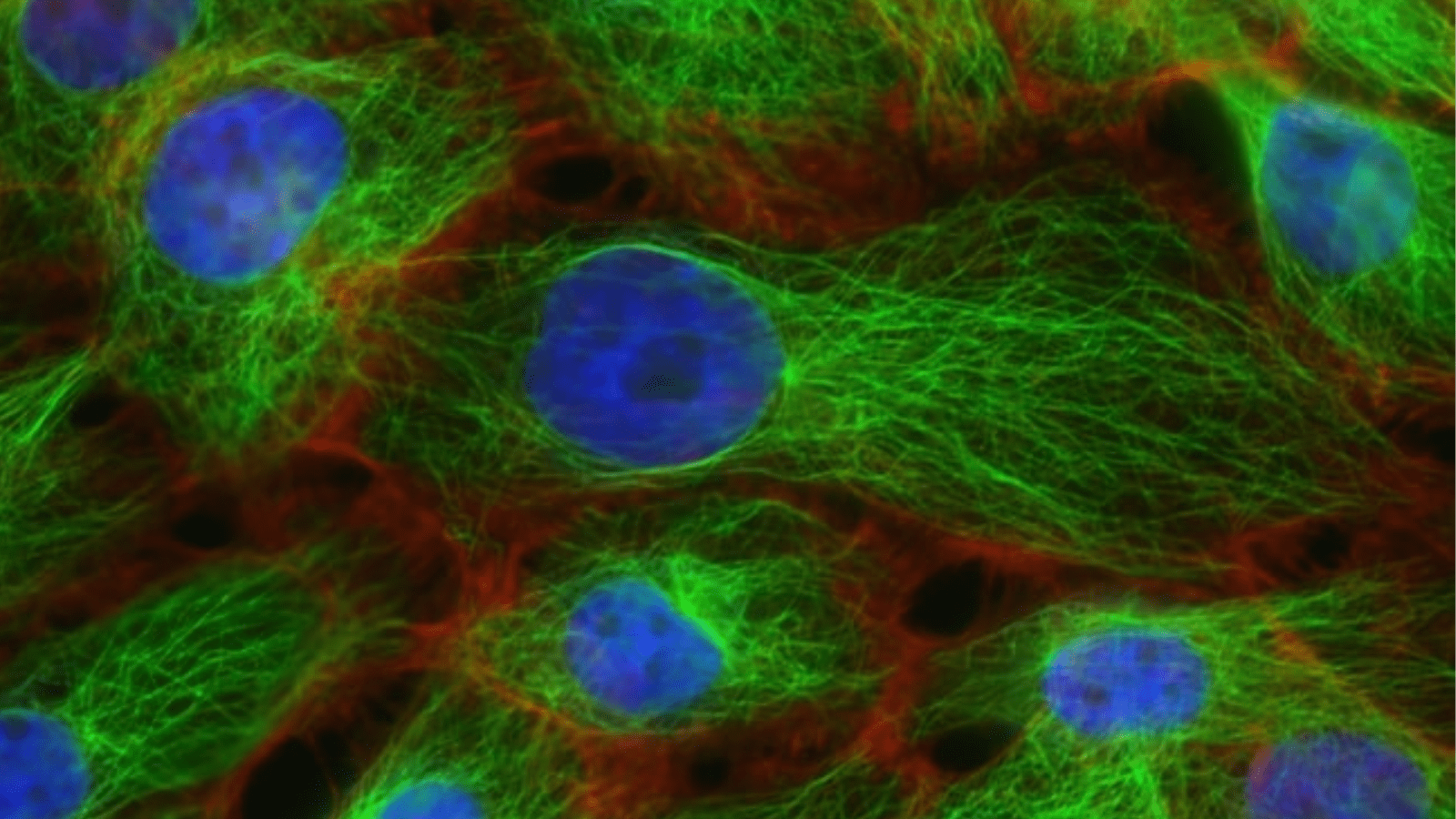
Stem cells are ‘progenitor’ cells that are not yet specialized and can develop into any other cell in your body.
For ED treatment, stem cells can be used to regenerate normal healthy erectile tissue. Stem cells are harvested from your bone marrow – typically from the iliac crest (the back of your bony pelvis) – and then injected into the penis.
How does it work? Stem cells are used in a variety of therapies because they have been found to regenerate, remodel, and repair damaged tissues. It’s believed that they contribute to regeneration by secreting bioactive chemicals that boost healing.
Are stem cell injections effective? They appear to be. One recent review that summarized 8 clinical trials in humans found that stem cell therapy could be effective for long-term improvement in erectile function. Stem cell therapy is one of the few regenerative treatments that is specifically FDA-approved for the treatment of ED.
Vacuum Therapy
Vacuum therapy is used both to create erections suitable for sexual intercourse as well as to stimulate growth and recovery of penile tissue to support healthy erectile function.
How it works: With vacuum therapy, a tube-like device is placed around the penis and connected to a manual or battery-operated pump that creates a pressure vacuum. The negative pressure brings blood into the penis and creates an erection. When used for sex, often a constriction ring is placed at the base of the penis to keep the blood in and to maintain the erection.
Is vacuum therapy effective? Yes, the research finds that the method leads to more satisfying erections. It also seems to have a positive effect on the rehabilitation of penile tissue after prostate surgery.
Intracavernosal “Trimix” Injections
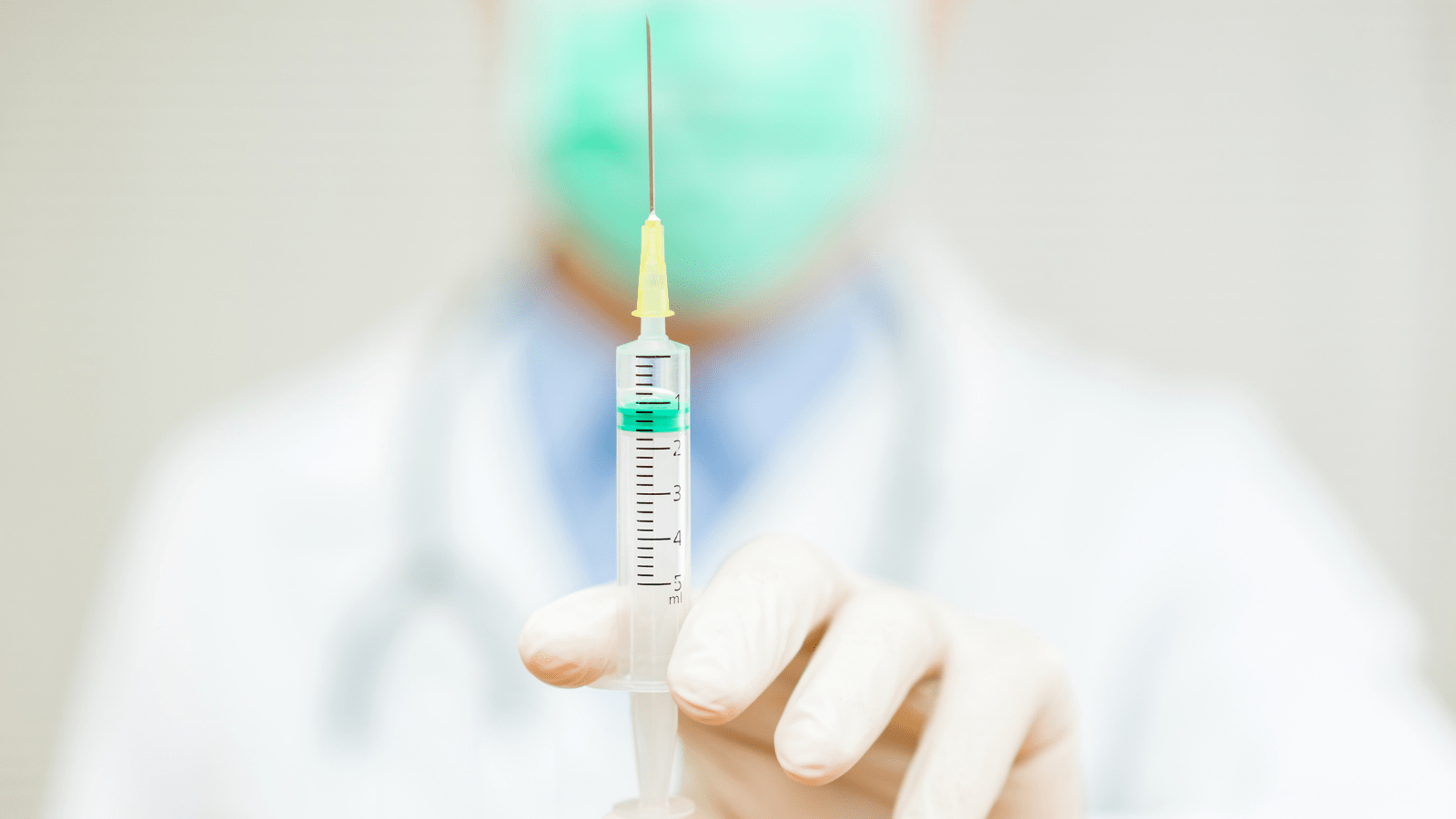
Intracavernosal injections (ICIs), sometimes just called penile injections, involve injecting medication directly into the side of the penis to stimulate an erection. While several different kinds of medication can be used, the most commonly injected medications are papaverine, phentolamine, and prostaglandin E1. When these three drugs are combined, it’s called a “trimix”.
How it works: These medications stimulate vasodilation of blood vessels and relaxation of smooth muscles in the penis to allow increased blood flow and thus make it easier to achieve an erection.
Like oral medications like Viagra and Cialis, penile injection therapy is a short-term treatment that helps men get an erection immediately and lasts for a few hours after injection.
Are Intracavernosal injections effective? Yes. Research has consistently suggested that injection therapy can be as effective as PDE5 inhibitors like Viagra, Cialis, Stendra, Staxyn, or Levitra. Injection therapy is a great option for men who can’t take oral medications due to specific contraindications. Always make sure to take medication under the guidance of a doctor, since overdosing with injection therapy can cause major problems!
New ED Therapies Aren’t Always Better

While the newest, cutting-edge technologies are promising for those with hard-to-treat ED, the fact is that new treatments aren’t always better. Indeed, some of the classic advice on managing ED is as pertinent as ever.
That’s because treating ED requires a comprehensive, systems-based approach. In most cases, lifestyle changes can meaningfully contribute to better sex life.
Here is the less exciting—but still effective—advice I give my VIP clients for better sexual health:
- Exercise. We know that regular exercise is related to erectile function. It also boosts testosterone, which is an important component in healthy sexual function.
- Quit smoking. Men who smoke are about twice as likely to experience sexual dysfunction as those who don’t.
- Drink less. Alcohol is one of the most common causes of ED. Consume less alcohol for better erections.
- Eat a balanced diet. Switching to a healthy diet and caloric intake are associated with improvements in erectile function.
- Maintain a healthy weight. Obesity is a known risk factor for ED and losing excess weight can help treat it.
- Manage your stress. Stress can lower your testosterone and make it harder for you to get hard. Finding ways to cope with your stress can improve your sexual health.
Find the Appropriate ED Treatment for You
These days, ED is almost always treatable thanks to new technology and cutting-edge treatments. But don’t assume ED drugs like Viagra (sildenafil) and Cialis (tadalafil) are the only option for you.
Instead, get a full evaluation to find the cause of your ED. You want to make sure that it isn’t a warning sign of more significant underlying cardiovascular disease.
As a men’s health expert with over 20 years of experience treating erectile dysfunction,I can recommend the most appropriate ED treatment option for your particular case.
Schedule an appointment with me and get your ED treated today!
Schedule a consultation to take control of your testosterone!
Download the Blueprint
Schedule a Call
**************************
 In Male 2.0™, Dr. Tracy Gapin has turned everything we once thought we knew about men’s health and performance upside down. The old model of how to be “a man” is broken. A man who works himself to death. Unfortunately, a man who tries to NOT get sick but isn’t really healthy either. And a man who takes a pill for every ill but is never really cured. That was Male 1.0. Now, imagine being THE MAN ─ owning your performance in the bedroom, the weight room, and the boardroom. Living a fully optimized life. Becoming limitless. This is Male 2.0!
In Male 2.0™, Dr. Tracy Gapin has turned everything we once thought we knew about men’s health and performance upside down. The old model of how to be “a man” is broken. A man who works himself to death. Unfortunately, a man who tries to NOT get sick but isn’t really healthy either. And a man who takes a pill for every ill but is never really cured. That was Male 1.0. Now, imagine being THE MAN ─ owning your performance in the bedroom, the weight room, and the boardroom. Living a fully optimized life. Becoming limitless. This is Male 2.0!
Tracy Gapin, MD, FACS is a board-certified Urologist, world-renowned Men’s Health & Performance Expert, Author, and Professional Speaker. Using state-of-the-art biometric monitoring, nutrition, and lifestyle intervention, Dr. Gapin coaches Fortune 500 executives and evolutionary leaders of business, sports medicine, and high performance. He specializes in cutting-edge precision medicine with an emphasis on epigenetics, providing men with a personalized path to optimizing health & performance. www.GapinInstitute.com
Want more tips to optimize your health? Listen to the latest podcasts. Click HERE
References
Campbell, J. D., Trock, B. J., Oppenheim, A. R., Anusionwu, I., Gor, R. A., & Burnett, A. L. (2019). Meta-analysis of randomized controlled trials that assess the efficacy of low-intensity shockwave therapy for the treatment of erectile dysfunction. Therapeutic Advances in Urology, 11, 1756287219838364. https://doi.org/10.1177%2F1756287219838364
Epifanova, M. V., Gvasalia, B. R., Durashov, M. A., & Artemenko, S. A. (2020). Platelet-rich plasma therapy for male sexual dysfunction: Myth or Reality?. Sexual Medicine Reviews, 8(1), 106-113. https://doi.org/10.1016/j.sxmr.2019.02.002
Giuliano, F. (2004). Control of penile erection by the melanocortinergic system: Experimental evidence and therapeutic perspectives. Journal of Andrology, 25(5), 683-691. https://doi.org/10.1002/j.1939-4640.2004.tb02842.x
He, M., & von Schwarz, E. R. (2020). Stem-cell therapy for erectile dysfunction: a review of clinical outcomes. International Journal of Impotence Research, 33, 1-7. https://doi.org/10.1038/s41443-020-0279-8

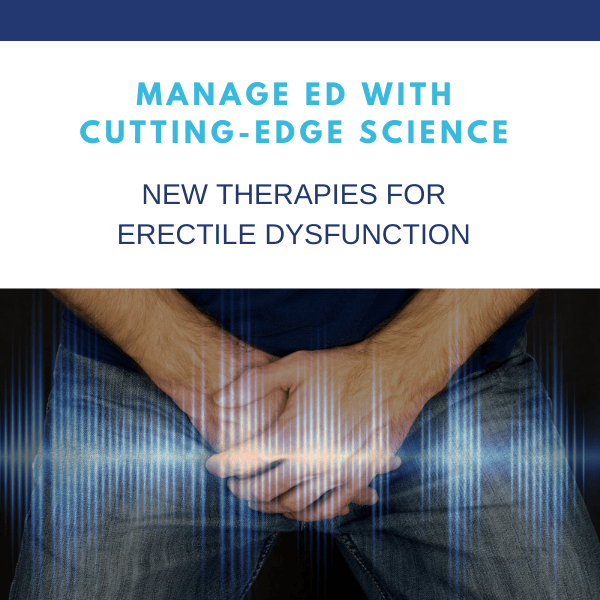
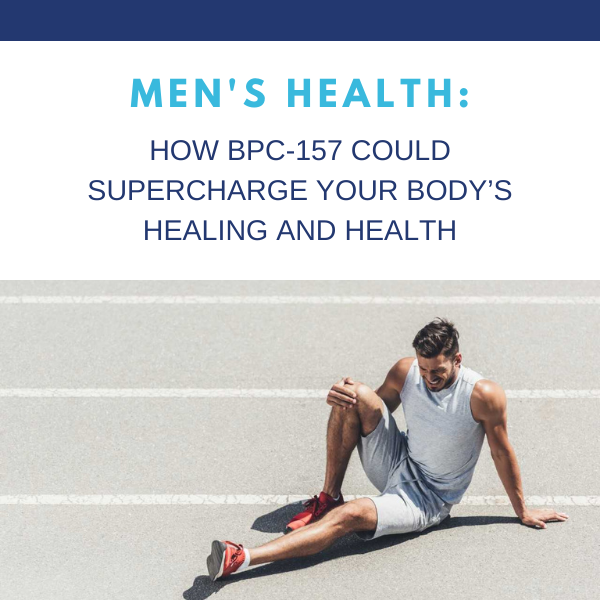


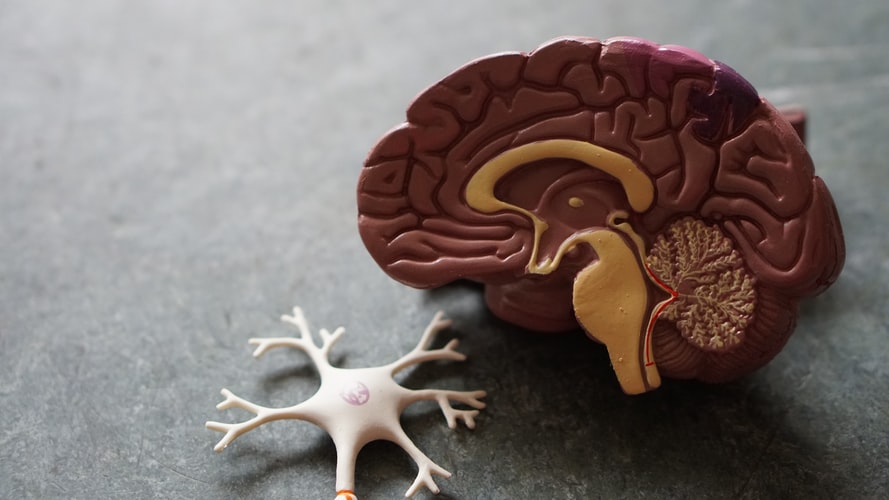

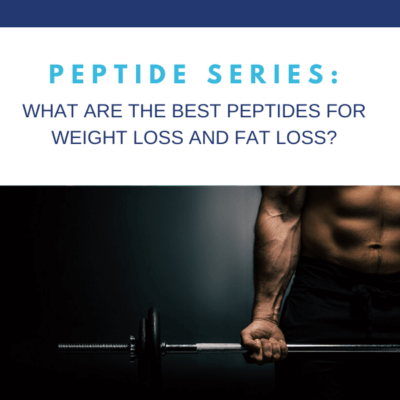

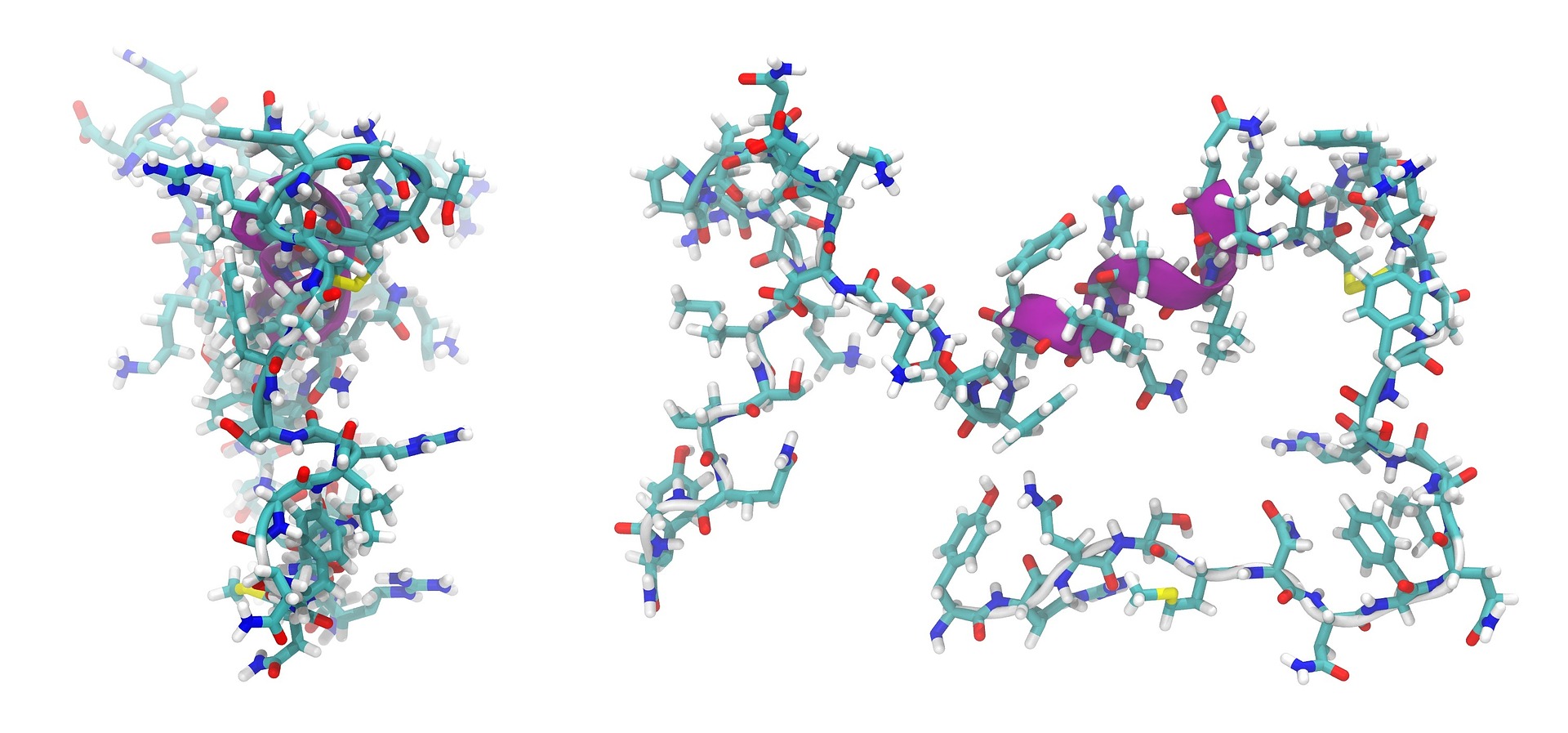

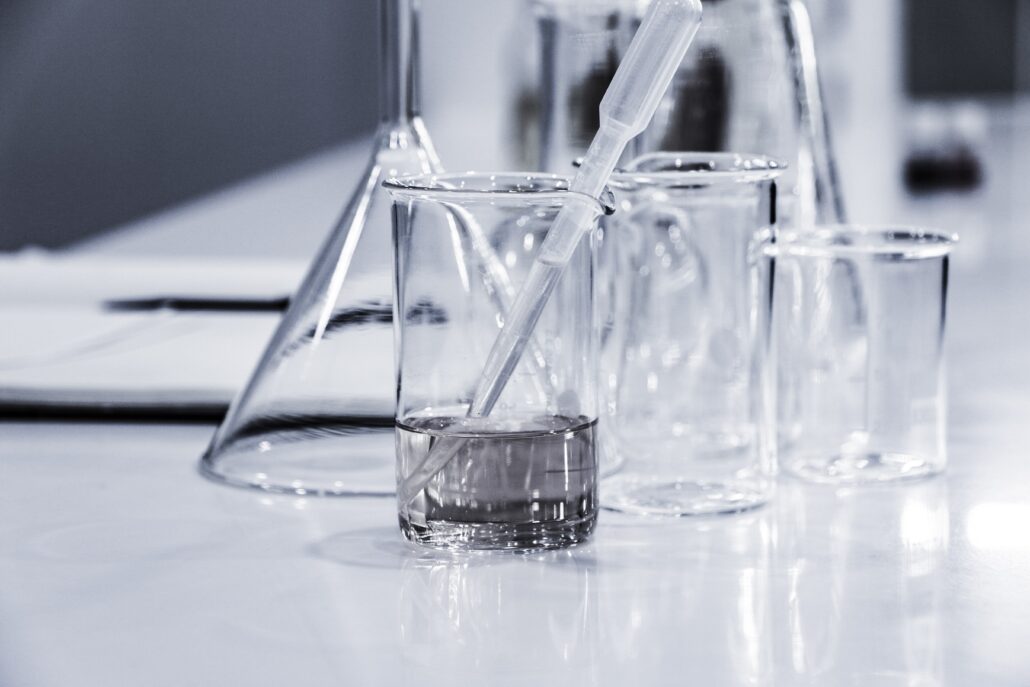
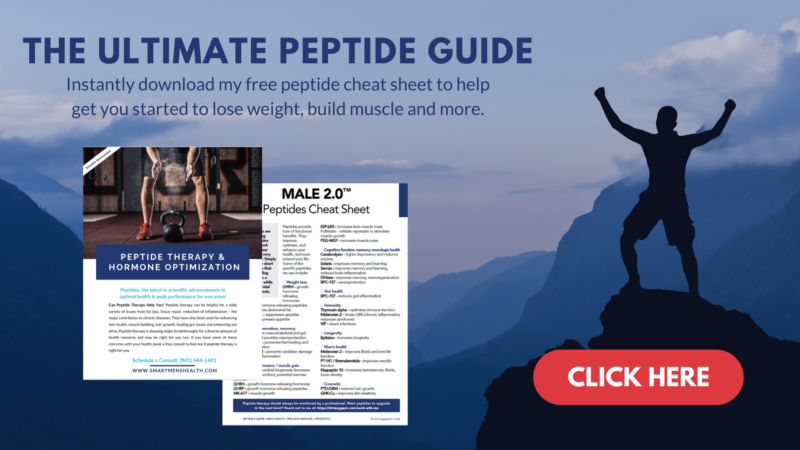
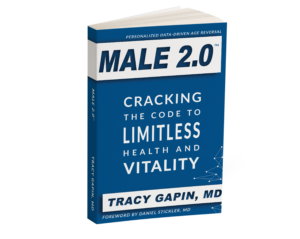 In
In